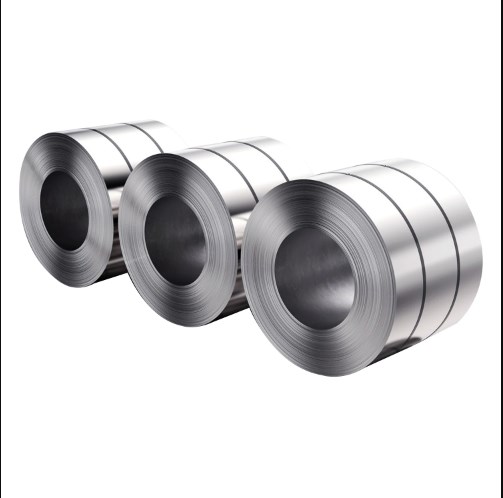- Phone:+86-17331948172 +86-0319-8862898
- E-mail: inquiry@puxingclamp.com
Nov . 05, 2024 17:27 Back to list
ms hose clamps factory
The Manufacturing Process of MS Hose Clamps A Comprehensive Overview
MS hose clamps, or mild steel hose clamps, are essential components in various industries, ensuring secure and leak-proof connections in automotive, plumbing, and industrial applications. Understanding the manufacturing process of these clamps is crucial for manufacturers aiming to produce high-quality products that meet industry standards.
Materials and Design Specifications
The process begins with the selection of raw materials. Mild steel is chosen for its strength, ductility, and cost-effectiveness. The steel is often coated with a protective layer, such as zinc, to prevent rust and enhance durability. The design of hose clamps can vary, but they generally consist of a band, a housing, and a screw mechanism to tighten the clamp. The design must comply with specific standards to ensure performance and safety, such as those set by SAE and ISO.
Cold Rolling and Cutting the Band
The first mechanical step in the production of MS hose clamps is the cold rolling of mild steel sheets into thin strips. This process enhances the tensile strength of the steel while allowing for flexibility during shaping. Once the rolling is completed, the strips are cut into lengths according to the required dimensions for the clamps. Precision in cutting is critical, as any deviations can lead to improper fit or performance during use.
Forming the Band
After cutting, the metal strips undergo bending and forming processes. These steps shape the strip into the characteristic circular form of a hose clamp. Machines equipped with dies and rollers are used to achieve uniformity and precision in the band design. Each band must have a smooth edge to prevent damage to the hoses they will secure, underscoring the importance of high-quality manufacturing techniques.
Manufacturing the Housing and Screw Mechanism
ms hose clamps factory

Simultaneously, the housing and screw components are produced. The housing is typically made from the same mild steel and may also undergo a similar cold rolling process. It is then cut, formed, and sometimes welded, depending on the design requirements. The screw mechanism, crucial for tightening the clamp around the hose, is fabricated from high-strength steel and treated to resist wear and corrosion.
Finishing Touches Coating and Quality Control
Once all parts are manufactured, they undergo a finishing process. This often includes surface treatments, like galvanization or powder coating, to enhance corrosion resistance and aesthetic appeal. Once coated, all components are assembled into the final product. Quality control is a vital aspect of this stage; clamps are rigorously tested for tensile strength, corrosion resistance, and overall functionality. Manufacturers may utilize specialized testing equipment to ensure that each clamp can withstand specified pressure levels and environmental conditions.
Packaging and Distribution
Upon passing the quality checks, the MS hose clamps are cleaned, packaged, and prepared for distribution. Effective packaging not only protects the clamps during transportation but also provides essential information about the product, including usage instructions and specifications. Manufacturers often collaborate with logistics partners to ensure that their products reach various markets effectively, from automotive suppliers to plumbing stores.
Sustainability in Manufacturing
As industries worldwide shift towards sustainability, many manufacturers of MS hose clamps are also adopting eco-friendly practices. This may involve using recycled materials, reducing waste in production, and ensuring that energy consumption is minimized. Companies often seek certifications for sustainability, which can enhance their marketability and appeal to environmentally-conscious consumers.
Conclusion
The manufacturing of MS hose clamps is a complex process that demands precision, quality, and innovation. Each step, from material selection to final packaging, plays a critical role in producing reliable and effective hose clamps for a variety of applications. As technology evolves, manufacturers continue to refine their processes, striving for greater efficiency and sustainability while meeting the demands of modern industries. Understanding this manufacturing landscape is essential for anyone involved in the supply chain of MS hose clamps, from designers to distributors.
-
Large Stainless Steel Adjustable American Type Hose Clamp - Hebei Pux Alloy | Corrosion Resistance, Adjustable Design
NewsAug.03,2025
-
Large Stainless Steel Adjustable American Type Hose Clamp - Hebei Pux Alloy Technology Co., Ltd | Corrosion Resistance, Adjustable Design
NewsAug.03,2025
-
Premium Stainless Steel Strip Coil | Durable & Rust-Resistant
NewsAug.03,2025
-
Large Stainless Steel Adjustable American Type Hose Clamp - Hebei Pux Alloy Technology Co., Ltd
NewsAug.03,2025
-
Large Stainless Steel Adjustable American Type Hose Clamp - Hebei Pux Alloy Technology Co., Ltd
NewsAug.02,2025
-
Large Stainless Steel Adjustable American Type Hose Clamp - Hebei Pux Alloy Technology Co., Ltd
NewsAug.02,2025




